
The serrated mountain, Montserrat

Just as May Day in Oxford mixes the sacred and the profane/secular (Magdalen College choristers singing in the dawn and wasted undergrads flinging themselves with abandon into the murky Cherwell), so the Spanish Catalans make merry family outings to the Abbey of Montserrat near Barcelona.
On a pristine Spring morning Philippa and I zipped up the elephant hide-like old Saw Tooth on the Cremerella (which means zip rail) packed to capacity with parents old and young, pushchairs, toddlers and teenagers.
Thousands of holiday makers and pilgrims filled cathedral, plazas, hotel, shops and museums of the mountaintop town.
The ultra ladylike Mitsuko from Japan disappointed me because she had never heard of Mitsuko Uchida.

A dainty melange of Hello Kitty and Palestinian fighter
The main draw of Montserrat is the miracle making Black Madonna, one of several dozen unearthed in every corner of Europe and presented as proof of her African/Middle-Eastern/Gipsy heritage by different pressure groups. Realizing I didn’t have the stamina to inch my way up the queue to touch her (it would have taken at least 3 hours) I contented myself with a far-off if blurry view.

The Black Madonna

Sisters of Charity of S.Anna of Zaragossa, all the way from Mumbai
An excited group of Keralan nuns from the Sisters of Charity of Santa Anna of Zaragossa kindly posed for me.
In fact I only saw one, rather beautiful, European nun. Nunneries and monasteries everywhere are desperately opening their portals to aspirants to holy orders from Africa and Asia; and after a truly horrifying BBC 2 documentary about the extent of child abuse by parish priests, and subsequent cover-ups in Ireland, the falling away from the Catholic Church is hardly surprising.

The lone, beautiful Spanish nun
Like the other two sacred mountains of the Eastern Pyrenees, Montserrat is shrouded in enough mystique and mumbo-jumbo to provide ongoing fodder for many more Dan Browns. In 1940 Himmler came looking for the Holy Grail, while his Fuehrer was trying to do a deal with the newly installed General Franco. The Nazis, who still keep popping up into every post-war conspiracy theory and fantasy, were rather keen on acquiring the Grail. it would have given them all sorts of magical powers to rule the world- what else?
Hitler was merely following the story of Parsifal, who had been the inspiration for Wagner’s opera. Wagner based his libretto on the story written down by Robert De Boron (1191-1202) in which Joseph of Arimathea (the same well-travelled Joseph who also somehow arrived in Glastonbury, Somerset) managed to secrete the chalice of the Last Supper in order to collect the Holy Blood at the time of the Crucifixion. He subsequently founded the mystical order of the Knights of the Grail, which is where we meet Parsifal. Wagner mentions Montserrat (some think it is Montsegur in France), so Himmler felt it would be worth a detour to see if he could grab the Grail from the resident Benedictine monks. Unlike Harrison Ford he never found it.
Other, infinitely sunnier, aspects of Montserrat are the Abbot, who Philippa tells me is a truly good and holy monk, and the music of Manuel Blasco (1750-1784). Some of his manuscripts were sequestered in the monastery library. His music is reminiscent of Scarlatti and sometimes one even catches a melancholy strain of Chopin.











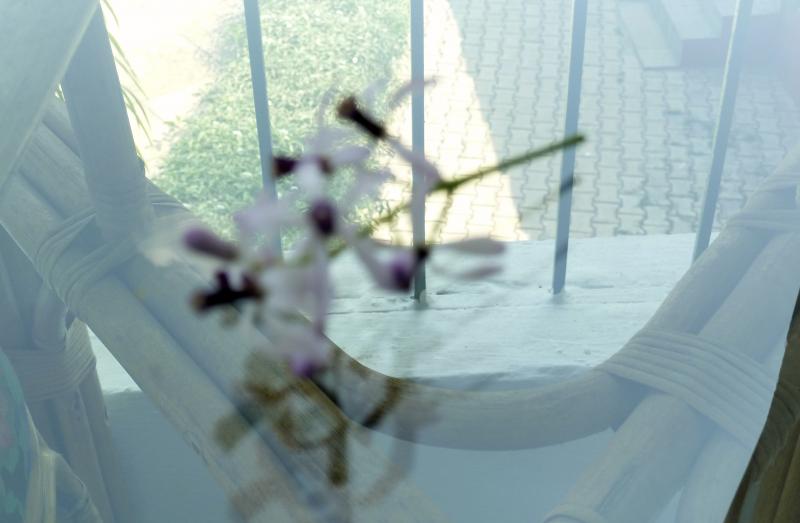

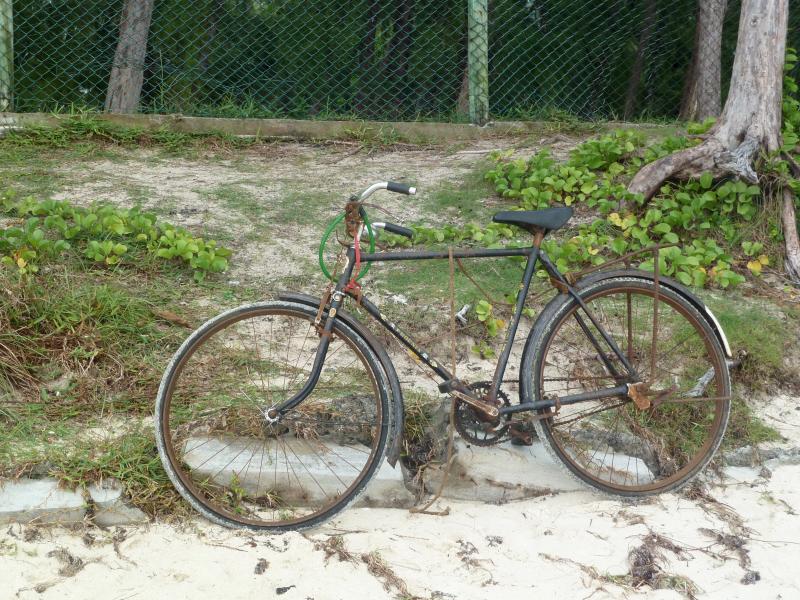

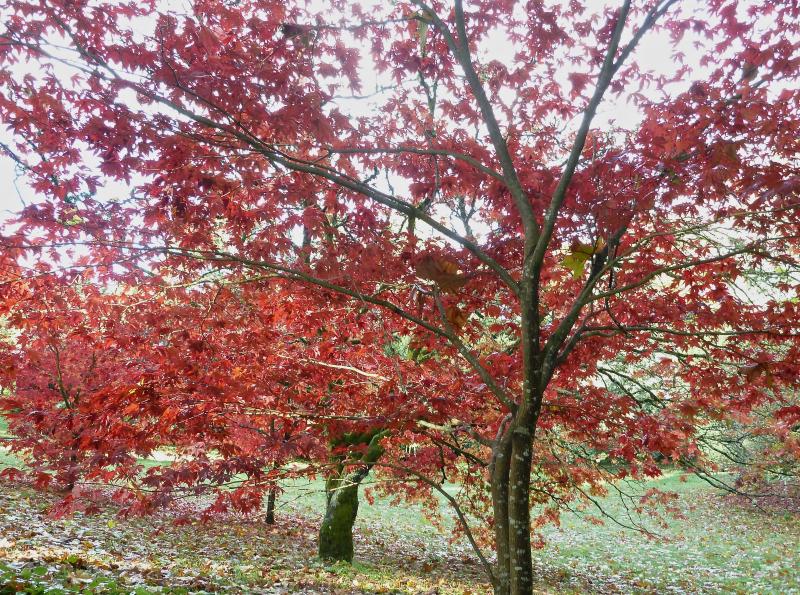
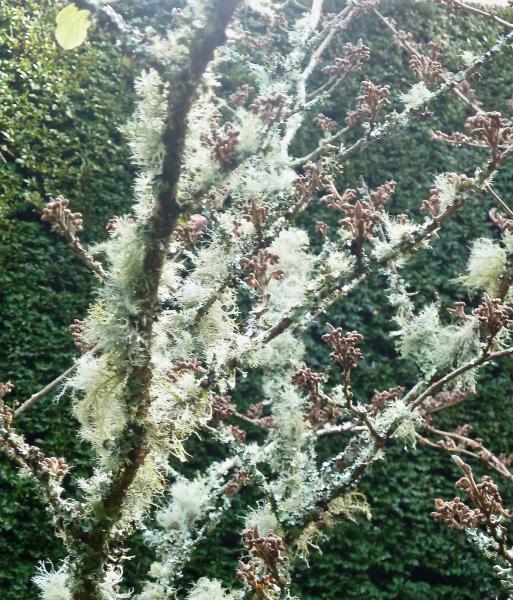

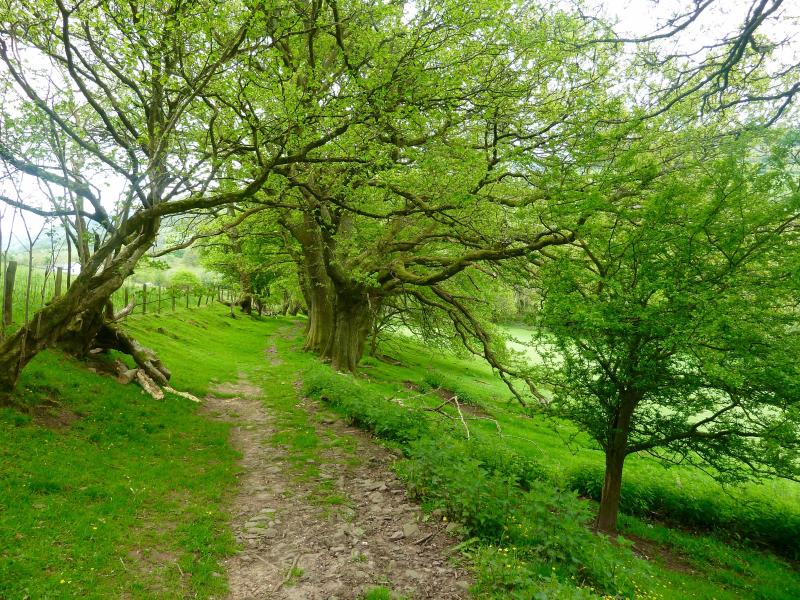

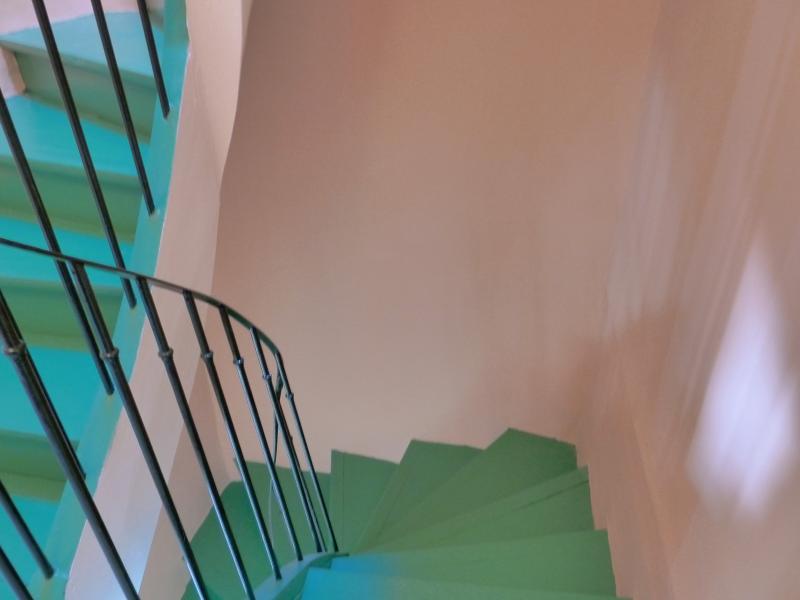

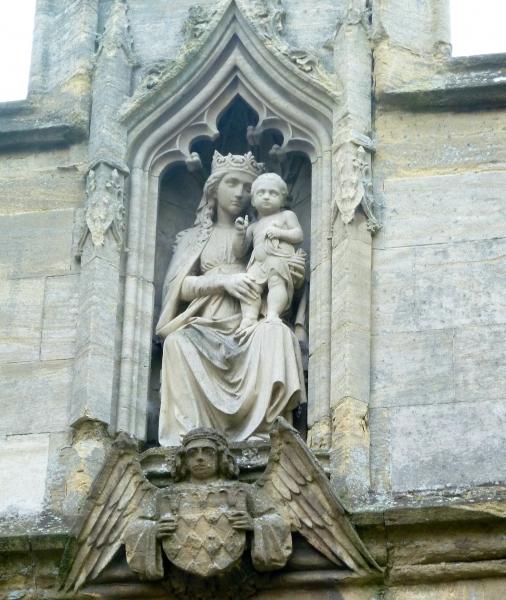

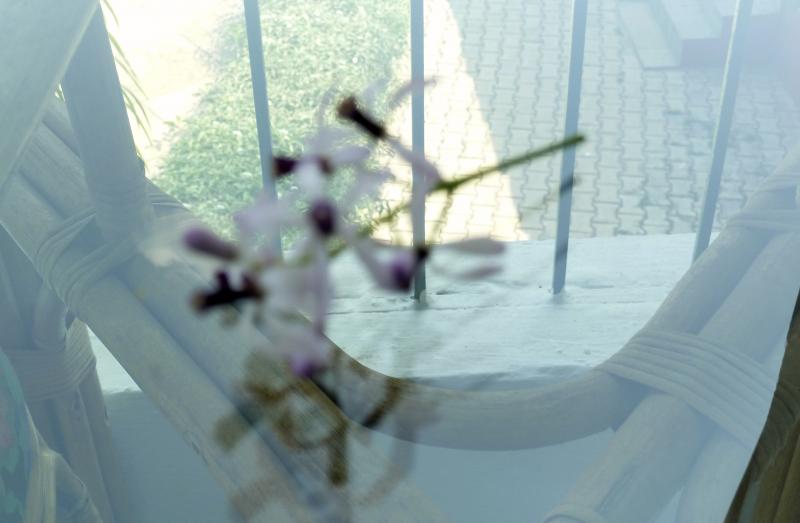


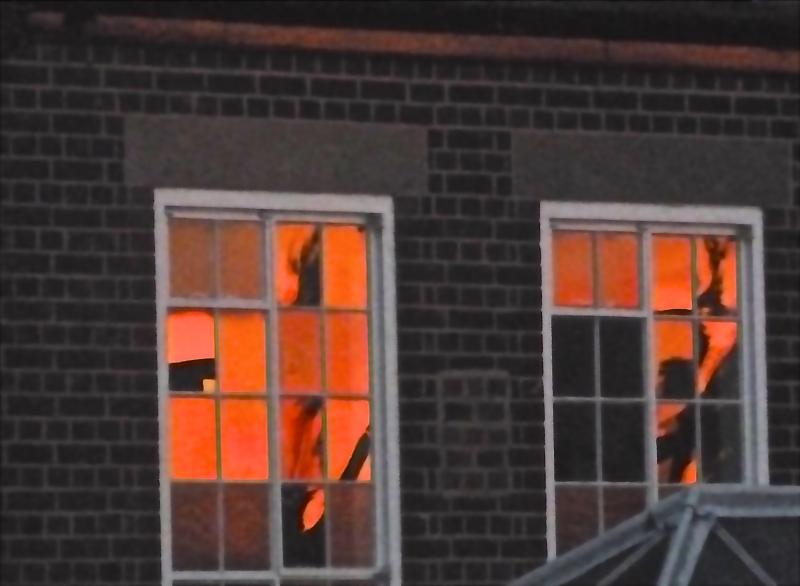
What honestly moved u to publish “Sacred mountains: Montserrat”?
Iseriously liked it! Thanks ,Xiomara